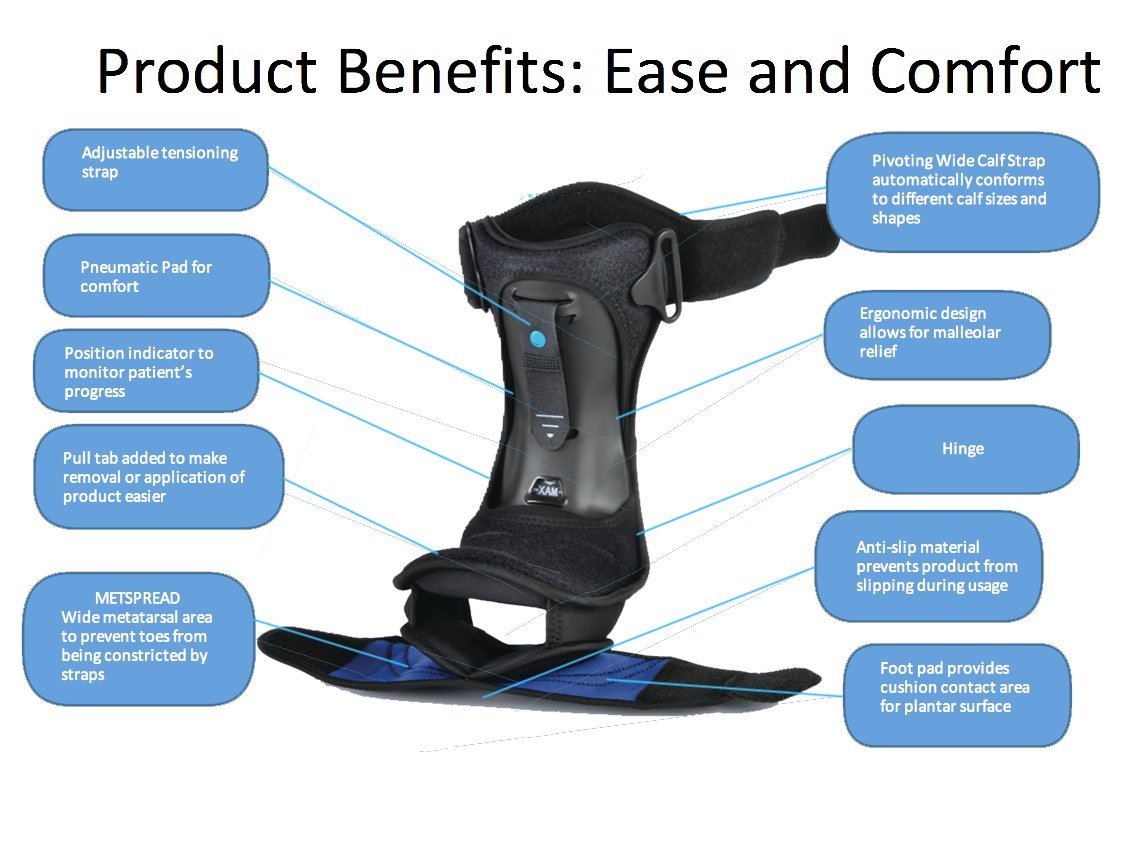/plantarfasciitis/ Treatment for plantar Fasciitis Pinterest
Plantar Fasciitis: Symptoms, Treatment and Prevention

In this last article in the two part series on Plantar Fasciitis, Brad Walker talks about the common symptoms of this painful sports damage as well as the most effective treatments once diagnosed. Brad also outlines some very important precautionary measures that are necessary to avoid Plantar Fasciitis. A ft . injury such as plantar fasciitis generally occurs in one foot. Bilateral plantar fasciitis is unusual and is commonly the consequence of a systemic arthritic condition that is remarkably rare among sportsmen. Males suffer from a somewhat increased occurrence of plantar fasciitis than females, perhaps as a result of increased weight coupled with greater velocity and floor impact, as well as less overall flexibility in the ft ..Typically, the victim of plantar fasciitis experience pain upon rising after sleep, particularly the first step out of foundation. Such pain is firmly localized at the bony landmark on the anterior medial tubercle of the calcaneus. In some cases, pain may avoid the athlete from walking in a standard heel-toe gait, causing an abnormal walk as method of settlement. Less common regions of pain are the forefoot, Calf msucles, or subtalar joint.After a limited period of walking with this kind of feet injury, the pain usually subsides, but returns again either with vigorous activity or prolonged standing or walking. For the field, an transformed gait or excessive stride pattern, along with pain during jogging or jumping activities are tell-tale indications of plantar fasciitis and should be given prompt attention. Further signs of the personal injury include poor dorsiflexion (lifting the forefoot off the bottom) due to a shortened gastroc organic, (muscles of the calf). Crouching in a complete squat position with the only real of the foot flat on the floor can be utilized as a test, as pain will preclude it for the athlete experiencing plantar fasciitis, triggering an elevation of the heel due to tension in the gastroc complex.TreatmentTreatment of plantar fasciitis may also be a drawn out and frustrating process. An application of treatment should be carried out by using someone certified and knowledgeable about the affliction. Typically, plantar fasciitis will require at least six weeks and up to half a year of conservative good care to be completely remedied. Should such efforts not provide pain relief to the athlete, more hostile options including surgery may be looked at.The original goals of physical therapy ought to be to increase the unaggressive flexion of the ft . and improve overall flexibility in the foot and ankle, eventually resulting in a full go back to normal function. Continuous inactivity in energetic sports is usually the price to be payed for thorough recovery. Half measures can lead to a long-term condition, sometimes severely limiting athletic ability.As a huge timeframe is spent in bed during sleeping hours, it is important to ensure that the sheets at the base of the foundation do not constrict the foot, resulting in plantar flexion in which the foot is bent straight out with the toes pointing. This constricts and thereby shortens the gastroc complex, worsening the problem. A heating pad positioned under the muscles of the calf for a few minutes prior to rising may help release tension, increase blood circulation in the low leg and reduce pain. Also during sleep, a nighttime splint may be used in order to hold the rearfoot in a natural position. This may aid in the curing of the plantar fascia and ensure that the feet will not become flexed during the night.Attention to footwear is critical in avoiding foot injuries. Every effort should be made to wear comfortable shoes with proper arch support, fostering proper ft . posture. Should arch helps prove inadequate, an orthotic footwear should be considered. Fortunately, most cases of plantar fasciitis respond well to non-operative treatment.Restoration times however fluctuate enormously from one athlete to some other, depending on age, overall health and health as well as severeness of injury. A broad period between 6 weeks and six months is usually sufficient for proper therapeutic. Additionally, the setting of treatment must be adaptable depending on details of a specific athlete?s harm. Methods that confirm successful in one patient, might not improve the damage in another.Early treatment of feet injuries typically includes the utilization of anti-inflammatory medication, icing, stretching activities, and heel inserts and splints. Cortisone injections may be necessary to achieve satisfactory therapeutic and retard inflammation. In later stages of the treatment process, typically following the first week, ice should be discontinued and changed with high temperature and massage.It is essential that any activity known to produce irritability or stress to the plantar fascia be immediately discontinued, including any activity affecting repeated impact of the heel on a hard surface, particularly, jogging. Should pain from the injury persist, additional diagnostic studies should be undertaken to eliminate other, more incredible factors behind heel pain including stress fractures, nerve compression accidents, or collagen disorders of the skin.
/plantarfasciitis/ Treatment for plantar Fasciitis Pinterest's IMAGE
Related Images with /plantarfasciitis/ Treatment for plantar Fasciitis Pinterest
Shockwave Treatment for Foot Pain such as Plantar Fasciitis or Heel

Plantar Fasciitis Prevention, Causes, and Treatment Utah Running

Hybrid Night Splint Best for Plantar Fasciitis Free Shipping

plantar_home.jpg






0 komentar: